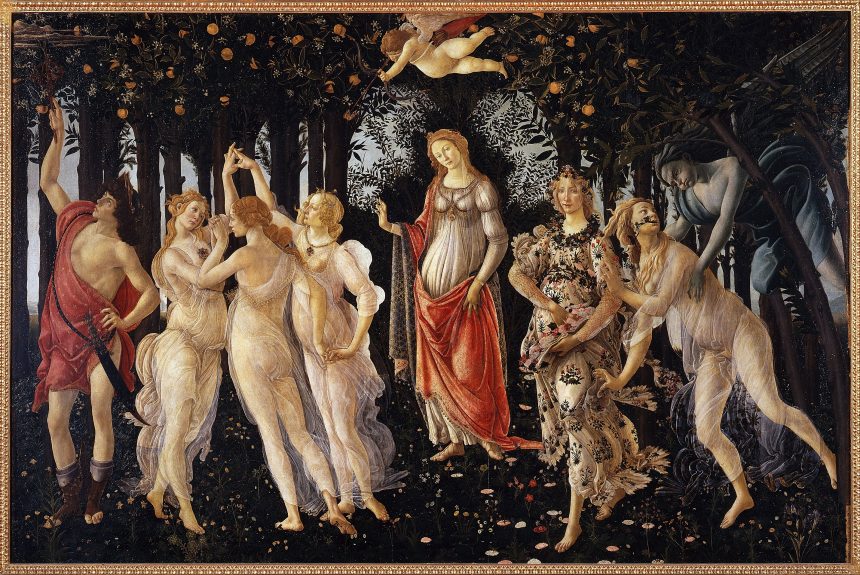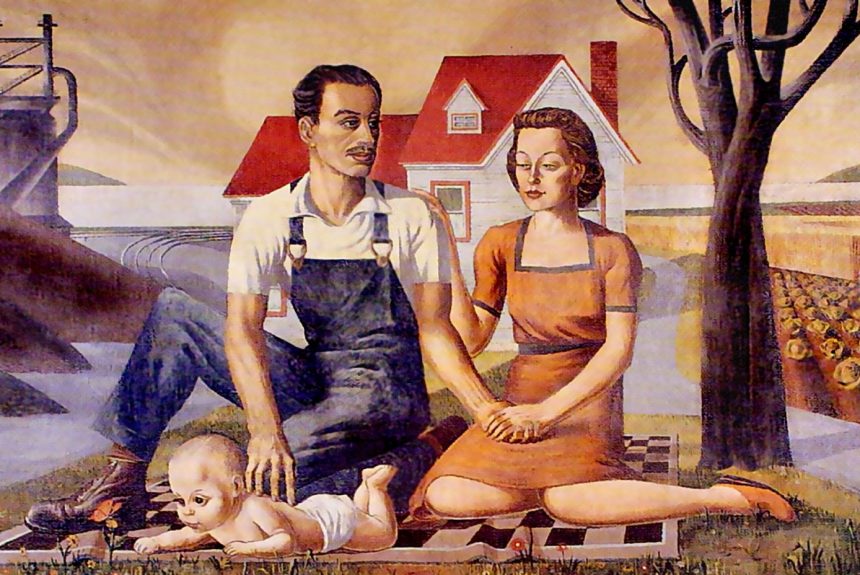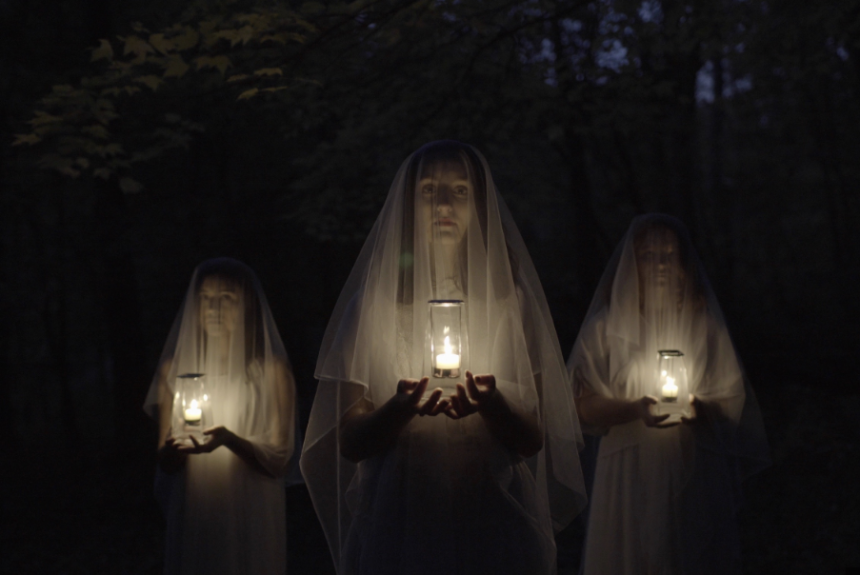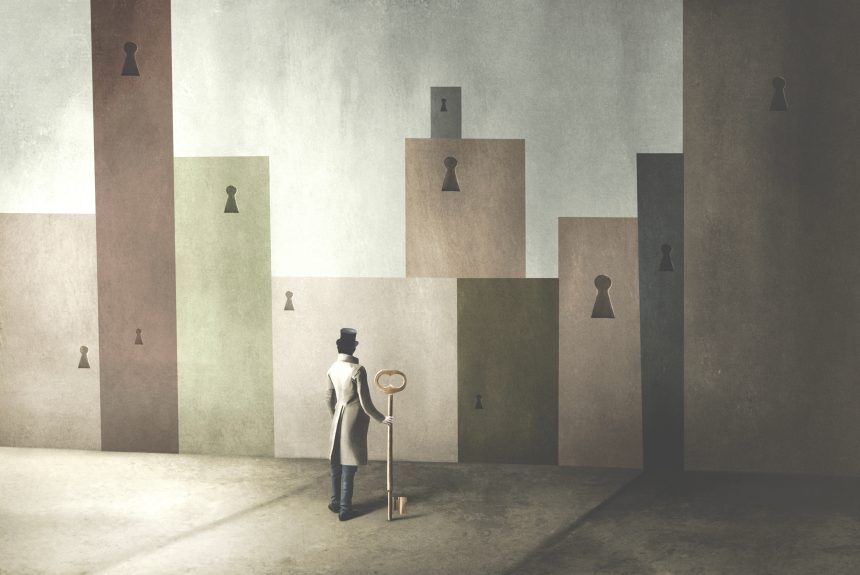This talk examines G. E. Lessing’s aesthetic treatise Laocoön: An Essay on the Limits of Painting and Poetry (1767) from an experimental aesthetic perspective. In the course of a wide-ranging discussion of the relationship between the visual arts (sculpture in particular) and poetry, Lessing assigned a critical role to imagination in aesthetic response. The perception of humans’ movements, body postures, gestures, and physiognomic expressions can enable us to understand the emotions and intentions of others. This is what emerges from Lessing’s analysis of the statue Laocoön and His Sons. As Lessing maintains, the beholder of a painting or sculpture is able to anticipate subsequent events, including movements, gestures, and sounds.
Recent achievements in the cognitive neurosciences (such as the discovery of mirror neurones, the embodied simulation theory, the neurological substrate of empathy, intersubjectivity, and mental completion) can shed new light on Lessing’s insights about the way we neurologically engage with works of art. Therefore, it is now possible to address the question of the biological processes underlying the observation of body movements, gestures, postures, and expressions and their consequences for our aesthetic experience of – and empathy towards – art that depicts human figures.
Sorry, this event has ended.
To register for new events, please, check our Schedule.
SPEAKER – FABIO TONONI
Fabio Tononi is a Post-Doctoral Research Fellow at the Centre for the Humanities (CHAM) in the Faculty of Social and Human Sciences (FCHS), NOVA University of Lisbon. He is the editor-in chief of The Edgar Wind Journal and a steering committee member of the Centre for the Study of Cultural Memory at the Institute of Modern Languages Research, which is part of the University of London’s School of Advanced Study. His research interests include the essence and tasks of philosophy and science, the writings of Aby Warburg and Edgar Wind, the aesthetics of Sigmund Freud, the relationship between art and cognitive neuroscience (specifically as they relate to memory, imagination, empathy, the unfinished, motion, and emotion), the
interconnection between art and ideology, and postmodernism. For more information about Fabio Tononi’s work – please, click here.





Leave a Reply